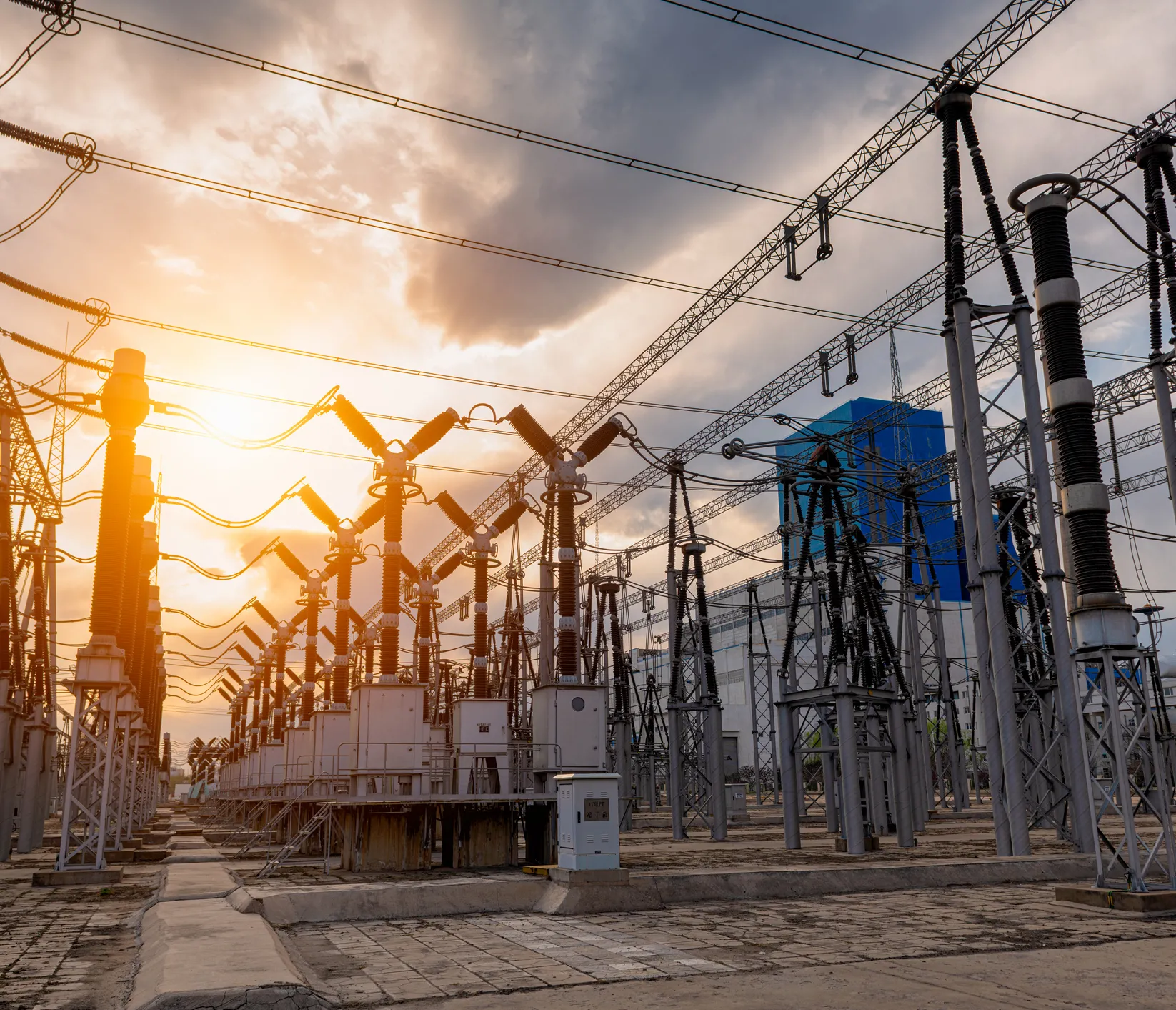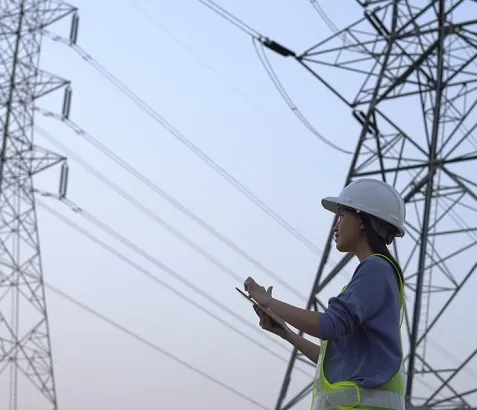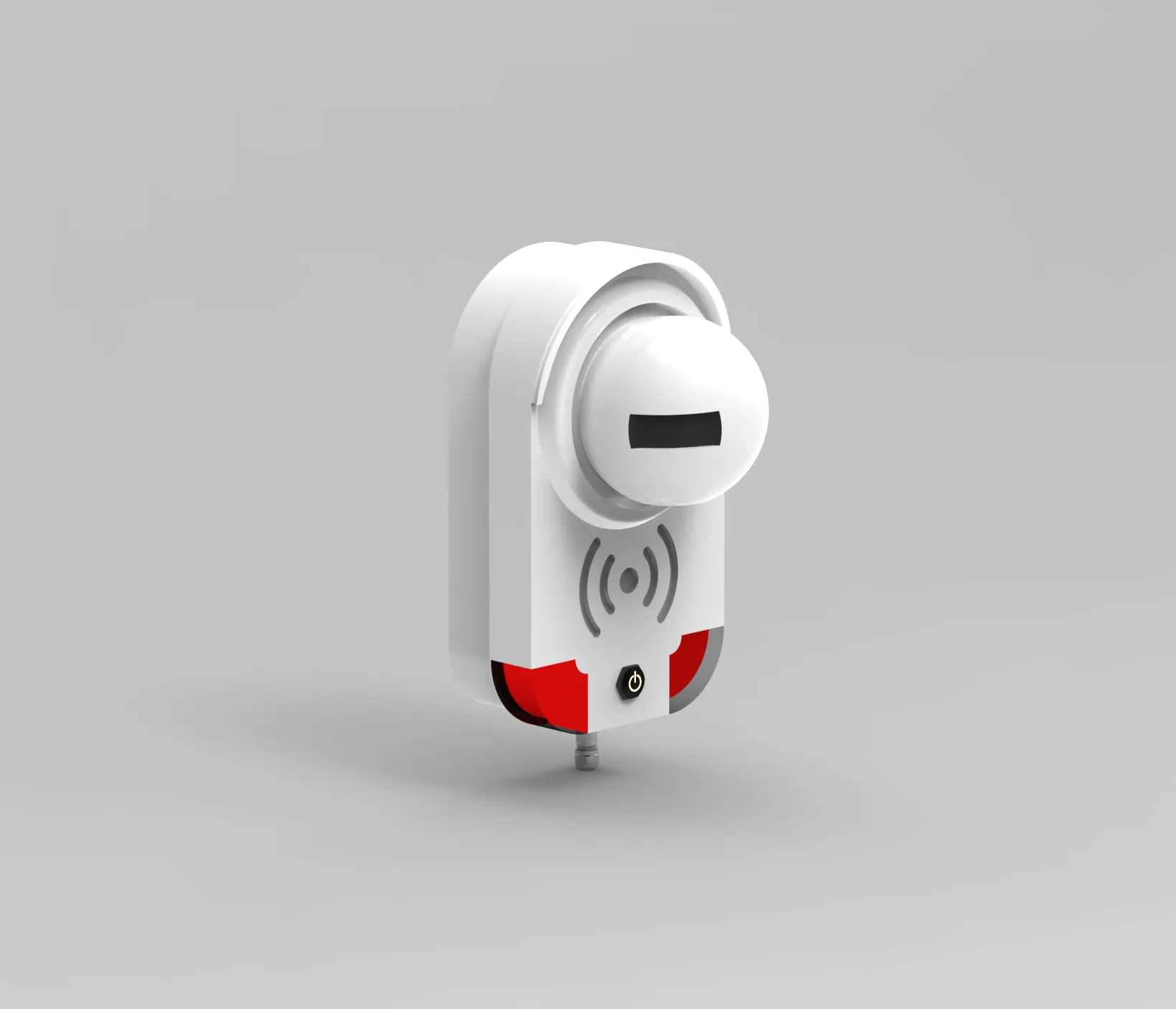Projects
At the Elewit Lab, we turn ideas into products. We transform challenges into solutions.
We are catalysts for internal innovation in Redeia. We make the most of outside talent and the power of disruptive technologies to develop innovative solutions to meet the challenges of energy transition and digital transformation with success.

Featured projects
Accompaniment at every stage
We streamline innovation process in all its phases from ideas, regardless their maturity, all the way to commercial solutions.







